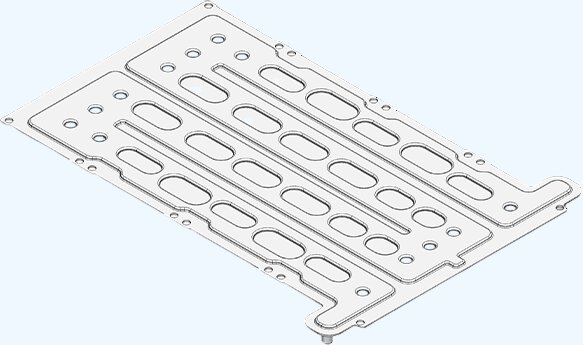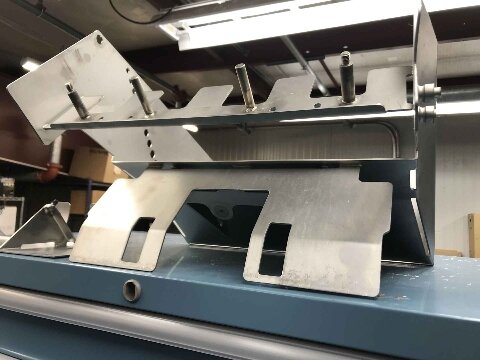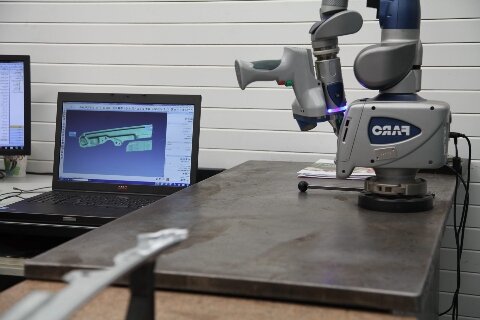When picking materials for a project, you want the right mix of strength, durability, and good looks. Many engineers and purchasing managers decide whether to use chrome or stainless steel. Knowing the facts about these two materials can help you make a better call, avoid headaches, and boost product value.
Chrome is a metal coating that gives a shiny finish and protects against rust. Stainless steel is a solid metal mix that naturally resists corrosion and stains. Chrome looks bright and smooth, but it is just a thin layer on top of another metal. Stainless steel is tough all the way through and does not need extra coating. Both have unique uses and benefits, but their properties and costs differ.
These two metals look shiny and protect against rust, but their differences matter in real use. Keep reading to find out which best suits your needs.
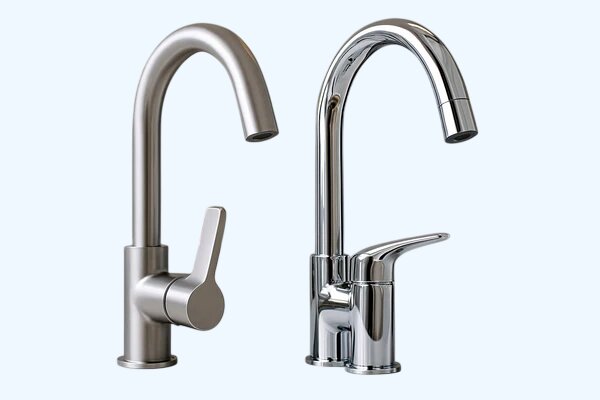
What is Chrome?
Chrome refers to chromium, a metal known for its shiny finish and resistance to corrosion. In most cases, when people say “chrome,” they mean a thin layer of chromium that coats another material, often steel or plastic.
This coating improves appearance and surface hardness. It also helps reduce friction and adds a small layer of rust resistance. However, the protection only lasts as long as the surface stays intact. If scratched or damaged, the base material underneath can corrode.
Types of Chrome Plating
There are two main types of chrome plating:
Decorative chrome
This thin layer is usually placed over nickel and other base layers. It looks smooth and shiny and is used for things like car parts, faucets, and tools.
Hard chrome (or industrial chrome)
This is a thicker coating made for heavy-duty use. It adds durability and wear resistance. You’ll find this in machinery, hydraulic rods, and pistons.
How Chrome is Made and Applied?
The chrome layer is applied using a process called electroplating. Here’s how it works:
- The base material is cleaned and prepared.
- It is placed in a solution that contains chromium ions.
- Electricity is passed through the solution. This causes the chromium to stick to the surface.
The final thickness depends on the time and current used during plating. Hard chrome takes longer to build and is usually applied in controlled factory environments.
This method gives chrome parts their signature mirror-like surface and helps increase their wear resistance.
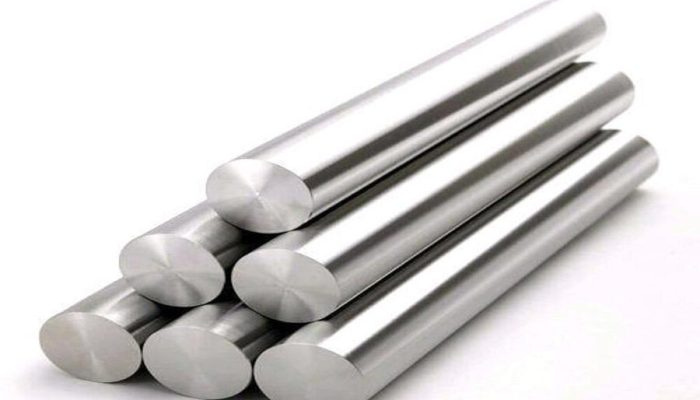
What is Stainless Steel?
Stainless steel is a solid metal alloy containing iron, chromium, and often nickel or other elements. The key feature is its chromium content—usually at least 10.5%. This chromium forms a thin oxide layer on the surface that blocks rust and corrosion.
Unlike chrome, stainless steel isn’t a coating. The rust resistance runs through the entire material. It also resists heat, chemicals, and wear. It has a smooth, often brushed or polished finish, though not always as shiny as chrome.
Stainless steel is strong, easy to clean, and lasts long. It’s also non-reactive and safe for food and medical use.
Types of Stainless Steel
Stainless steel comes in several types. These are grouped based on their structure and added elements:
Austenitic
This is the most common type. It contains chromium and nickel. Grades like 304 and 316 fall into this group. They are highly resistant to rust and easy to shape.
Ferritic
This type has less nickel and more chromium. It’s magnetic and has good corrosion resistance, but is harder to weld and form. It costs less than austenitic grades.
Martensitic
This type is firm and rigid but less corrosion-resistant. It can be heat-treated for higher strength. It’s magnetic and is used in tools, knives, and turbine blades.
Duplex
Duplex stainless steel is a mix of austenitic and ferritic types. It offers high strength and good corrosion resistance. It’s used in chemical plants, pipelines, and marine structures.
How Stainless Steel is Produced?
The process starts with melting iron ore, chromium, and other metals in a furnace. The molten mix is then cast into shapes like slabs or billets.
Next, the metal is hot-rolled or cold-rolled into sheets, bars, or other forms. Depending on the final use, it’s then heat-treated, cleaned, and sometimes polished.
Some grades may go through pickling, which removes surface oxides. Others may be passivated, which enhances corrosion resistance by thickening the oxide layer.
The result is a brutal, uniform metal that can handle moisture, heat, and wear without breaking down.
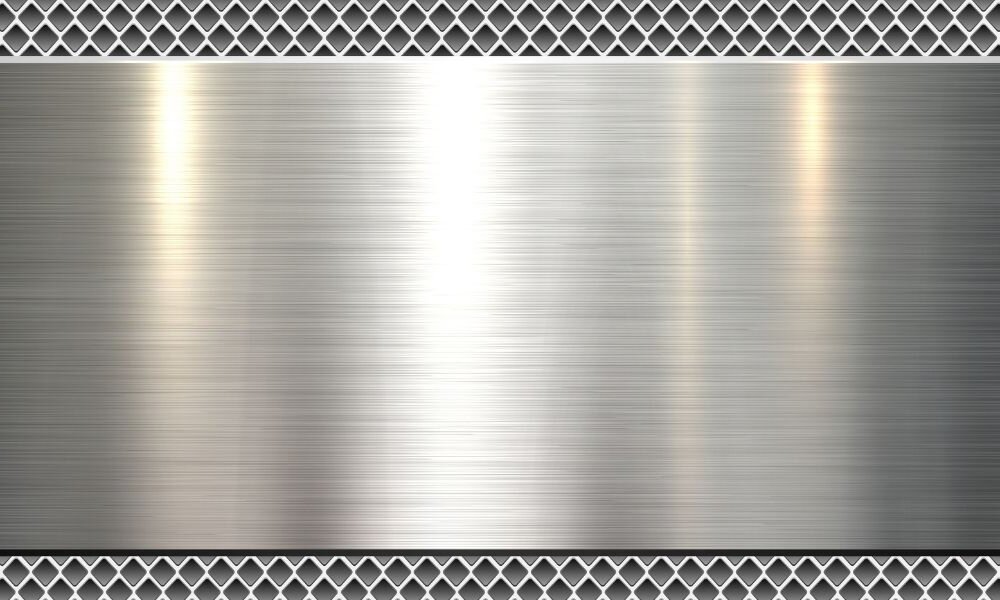
Chrome vs Stainless Steel: Key Differences
Chrome and stainless steel may look similar, but their makeup and behavior differ. These core differences affect performance, appearance, and lifespan.
Chemical Composition
Chrome is not a metal part by itself. It’s a thin coating of chromium applied over a base, such as steel or plastic. It contains pure chromium on the outer surface but has no internal structure.
Stainless steel is a solid alloy. It contains iron, at least 10.5% chromium, and other elements like nickel or molybdenum. The chromium is blended throughout the metal, not just on the surface.
Appearance and Surface Finish
Chrome has a mirror-like shine. It’s smooth, highly reflective, and often used for visual appeal. It looks like a polished mirror and is common on trim and decorative parts.
Stainless steel has a satin or brushed finish by default. It can be polished to shine, but won’t reflect like chrome. Depending on how it’s finished, the texture may vary from dull to semi-glossy.
Corrosion Resistance and Durability
Chrome offers surface-level protection. It helps reduce rust, but only as long as the coating stays intact. Once the surface is scratched, moisture can reach the base metal and cause rust.
Stainless steel offers built-in corrosion resistance. Because chromium is part of the alloy, it forms a protective layer that rebuilds itself if damaged. It stands up better than chrome to moisture, chemicals, and even salt.
Strength and Mechanical Properties
Stainless steel is much stronger and more rigid than chrome-plated parts. It has high tensile strength, resists bending, and holds up well under impact. It can handle structural loads and repeated stress.
Chrome, being a coating, adds some surface hardness but doesn’t improve the strength of the base metal. Hard chrome can increase wear resistance on tools and machine parts, but it doesn’t make the item stronger overall.
Cost Comparison
Chrome plating is usually cheaper upfront, especially for decorative purposes. It uses less material and is faster to apply. For high-volume parts where looks matter more than strength, chrome saves money.
Stainless steel costs more per unit, especially for higher grades like 316. The price comes from the alloying metals, the processing, and the longer lifespan.
Maintenance Requirements
Chrome needs regular cleaning and care. It can pit, flake, or lose shine if exposed to moisture, salt, or harsh chemicals. Once damaged, it can’t self-repair. Re-plating is the only fix.
Stainless steel is much easier to maintain. It resists rust and stains. A simple wipe with water or a mild cleaner keeps it looking good. Even if scratched, its passive oxide layer protects it.
Applications in Various Industries
Both chrome and stainless steel are used across many industries. However, their roles differ based on looks, strength, and how well they resist wear or corrosion.
Automotive and Transportation
Chrome is used for trim, grilles, rims, and other exterior parts. It gives a shiny, high-end finish. It’s more about appearance than strength.
Stainless steel is used in exhaust systems, structural components, and fasteners. It handles heat, vibration, and moisture better. It’s chosen when performance matters more than shine.
Kitchenware and Home Appliances
Chrome is used on faucets, handles, and fixtures. It looks clean and bright, but if it is scratched or exposed to water often, it may wear down.
Stainless steel is used for sinks, cookware, and appliances. It’s food-safe, easy to clean, and resists stains and rust. It holds up to heat and daily use without losing function.
Construction and Architecture
Chrome has limited use in buildings. It may be used on door handles or light fixtures for decorative purposes.
Stainless steel is standard in structural supports, handrails, fasteners, and exterior panels. It lasts through weather, resists corrosion, and supports heavy loads. It also provides a modern look for visible design elements.
Medical and Food Industries
Chrome is not used much in these fields due to its surface-only protection and risk of flaking.
Stainless steel is the preferred material. It’s non-reactive, easy to sterilize, and highly durable. It’s used in surgical tools, medical devices, food processing equipment, and storage tanks. It meets strict hygiene standards and stays reliable under repeated cleaning.
Choosing the Right Material for Your Project
The right choice depends on how the part will be used. Before deciding, you’ll need to weigh appearance, durability, cost, and the environment.
When to Choose Chrome?
Choose Chrome when:
- You need a shiny, mirror-like finish for visual appeal
- The part will not face harsh conditions like moisture, chemicals, or wear
- You want a lower-cost solution for decorative applications
- The part is not load-bearing or under mechanical stress
- It’s used in interior spaces or dry environments
Chrome works well on trim, furniture parts, hardware, and tools where looks matter more than durability.
When to Choose Stainless Steel?
Choose stainless steel when:
- The part needs to resist rust and corrosion, especially in wet or outdoor settings
- You need structural strength and long-term performance
- The item will face heat, chemicals, or heavy wear
- It’s used in food, medical, or industrial environments
- You want low maintenance and a long service life
Stainless steel is the better option for tough jobs, harsh conditions, and places where safety and cleanliness count.
Conclusion
Chrome and stainless steel may look alike, but they serve different roles. Chrome is a thin surface coating known for its shiny look. Stainless steel is a solid metal alloy with rust resistance throughout. Chrome is excellent for low-cost, decorative use. Stainless steel is stronger, lasts longer, and performs better in harsh environments.
Do you need help choosing the right material for your parts? Our team can help you compare options based on your design, budget, and use case. Contact us now for expert support and a fast quote.
Hey, I'm Kevin Lee

For the past 10 years, I’ve been immersed in various forms of sheet metal fabrication, sharing cool insights here from my experiences across diverse workshops.
Get in touch

Kevin Lee
I have over ten years of professional experience in sheet metal fabrication, specializing in laser cutting, bending, welding, and surface treatment techniques. As the Technical Director at Shengen, I am committed to solving complex manufacturing challenges and driving innovation and quality in each project.

